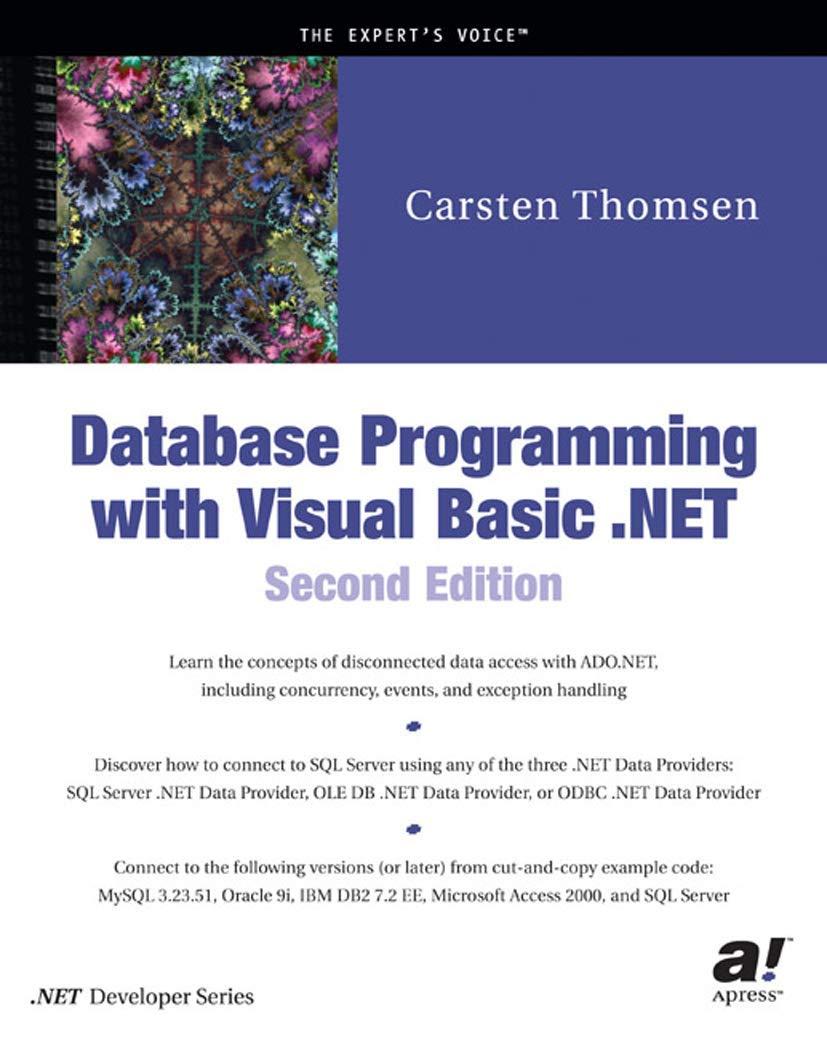Question
There is a row of n items, numbered from 1 to n. Each item has an integer value: item i has value A[i], where A[1...n]
There is a row of n items, numbered from 1 to n. Each item has an integer
value: item i has value A[i], where A[1...n] is an array. You wish to pick some
of the items but you cannot pick two adjacent items (that is, you cannot pick
both items i and i + 1 for any i). Subject to this constraint, you wish to
maximise the total sum of values of the items you have picked.
(a) [2 marks] Provide a counterexample to show that it is not always optimal
to pick the largest item.
(b) [3 marks] Provide a counterexample to show that the optimal solution
may require selecting a combination of odd and even numbered elements.
(c) [10 marks] Give an O(n) algorithm that determines this maximum total
sum of values.
Step by Step Solution
There are 3 Steps involved in it
Step: 1

Get Instant Access to Expert-Tailored Solutions
See step-by-step solutions with expert insights and AI powered tools for academic success
Step: 2

Step: 3

Ace Your Homework with AI
Get the answers you need in no time with our AI-driven, step-by-step assistance
Get Started


